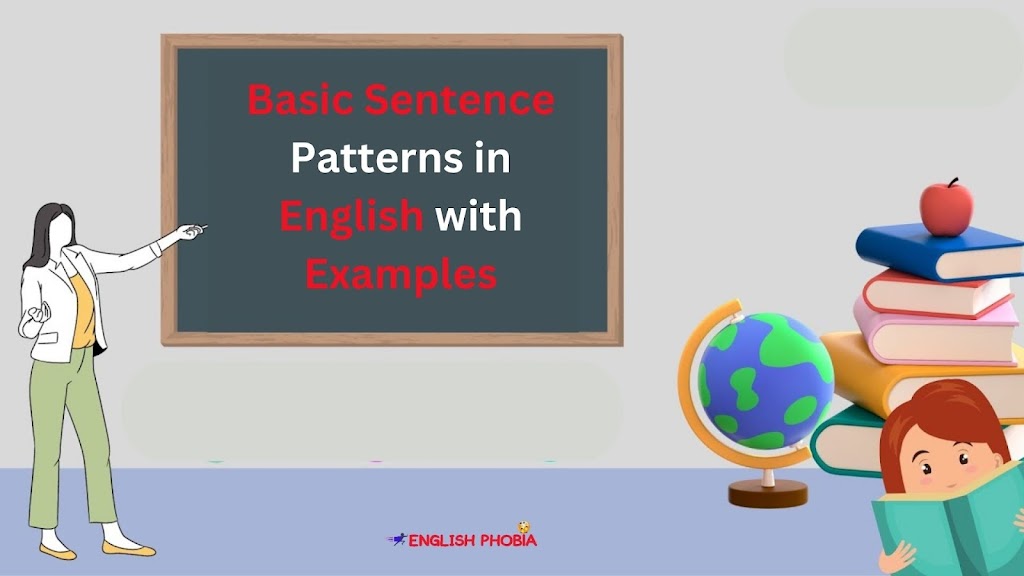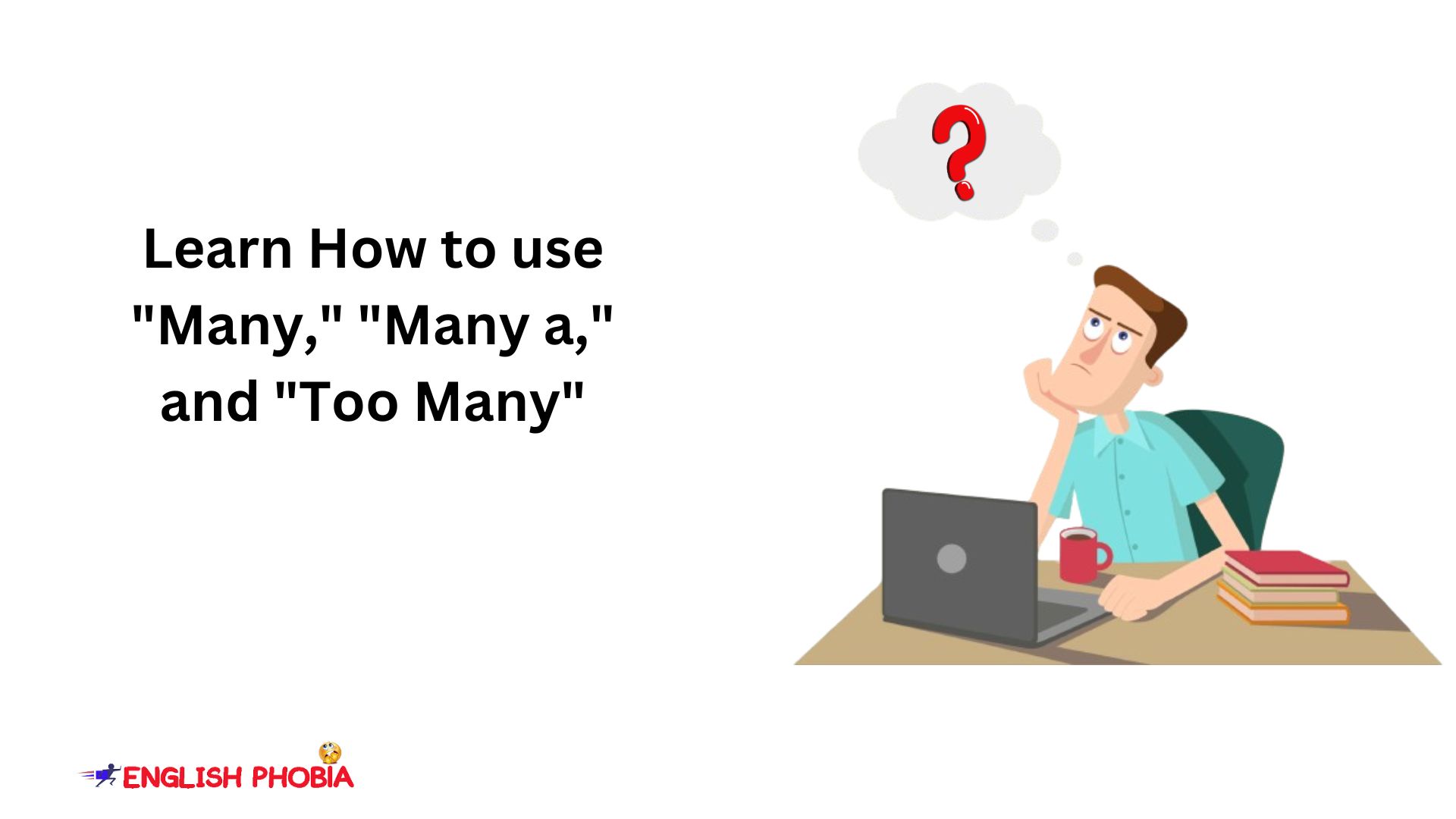Are you struggling to write clear and concise basic sentence patterns? Do you find yourself getting lost in complicated sentence structures? If so, you’re not alone. Many people struggle with basic sentence structure, which can make it difficult to communicate effectively in writing.
In this article, we’ll explore the basics of English sentence patterns, including examples of basic sentence structures and types.
What is a sentence?
A sentence is a combination of words systematically arranged that gives a proper meaning.
For example,
1) People work to earn a livelihood.
2) Akash learns English online.
What is Sentence Structure?
A basic sentence structure refers to the way that words are arranged in a sentence.
In English, sentences typically follow a basic pattern, known as a sentence pattern. Understanding sentence patterns can help you write more effectively and communicate your ideas clearly.
Basic Sentence Patterns
English sentences can be broken down into a basic English sentence structure. These patterns dictate the order in which words are arranged in a sentence. Here are some examples of basic sentence patterns:
Subject-Verb
The simplest sentence pattern is subject-verb. In this pattern, the subject (the noun or pronoun that performs the action) comes before the verb (the action or state of being).
For example:
The cat meowed.
I am hungry.
He is sleeping now.
Subject-Verb-Object
In this pattern, the subject comes first, followed by the verb, and then the object (the noun or pronoun that receives the action).
For example:
1) The dog chased the ball.
2) She baked a cake.
3) My father cut the cake on his birthday.
Subject-Verb-Indirect Object-Direct Object
This pattern is similar to pattern 2 but includes an indirect object (the noun or pronoun that receives the direct object).
For example,
1) She gave her friend a book.
2) He wrote his mother a letter.
3) My father sends me money.
Subject-Verb-Complement
In this pattern, the subject comes first, followed by the verb, and then a complement (a word or phrase that completes the meaning of the sentence).
Example:
1) She is a doctor.
2) He became angry.
3) They will always be with us.
Types of Sentences
In addition to basic sentence patterns, there are several types of sentences in English. Understanding these can help you communicate your ideas more effectively. Let’s look at the sentence types examples.
Declarative Sentences
Declarative sentences are statements that make a statement or assertion.
For example,
1) The sun is shining.
2) They are not doing homework.
Interrogative Sentences
Interrogative sentences are questions.
For example,
1) Where are you going?
2) Will you go to Kedarnath with us?
Imperative Sentences
Imperative sentences give commands or make requests. These start with either the basic verb form or “Don’t” to show negation.
For example,
1) Sit down.
2) Don’t litter here.
Exclamatory Sentences
Exclamatory sentences express strong emotions or feelings.
For example,
1) What a beautiful day!
2) How intelligent you are!
Tips for Writing Effective Sentences
Now that you understand the types of sentences and structures, here are some tips for writing effective sentences:
1) Keep it simple. Use clear and concise language.
2) Use the active voice.
3) Incorporate rhetorical questions. These can help engage the reader and encourage them to think about your ideas.
5) Use analogies and metaphors. These can help clarify complex ideas and make them more relatable.
6) Include anecdotes and random facts. These can help make your writing more interesting and engaging.
Conclusion
Understanding basic sentence pattern examples and types can help you communicate your ideas more effectively in writing. By following these tips and practicing your writing skills, you can improve your sentence structure and become a more effective communicator.












Great 👍